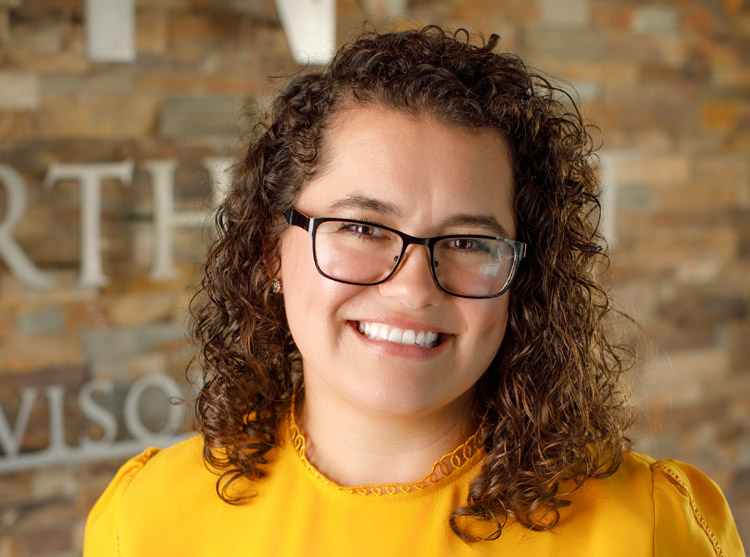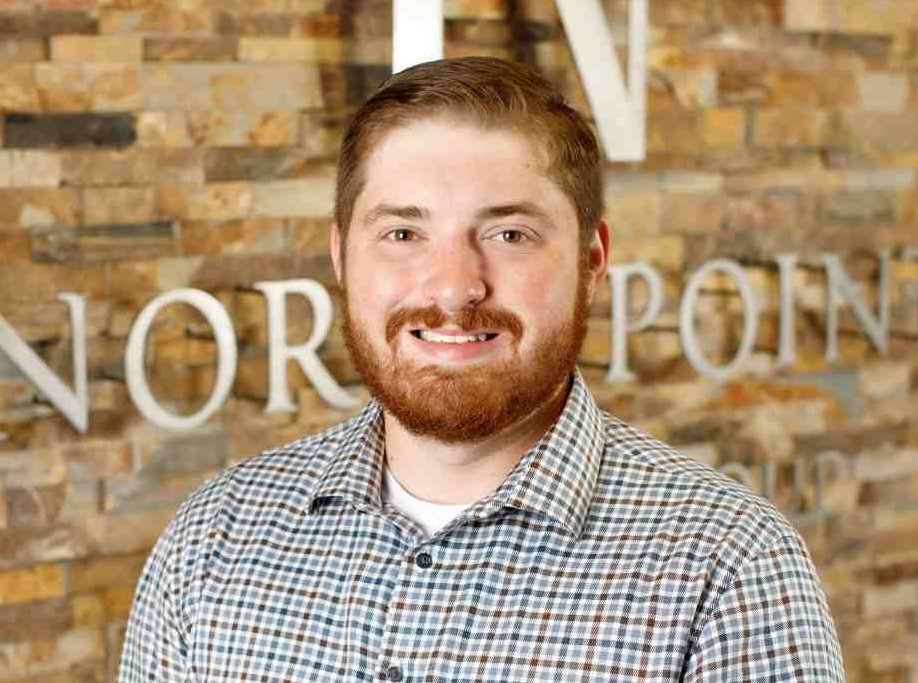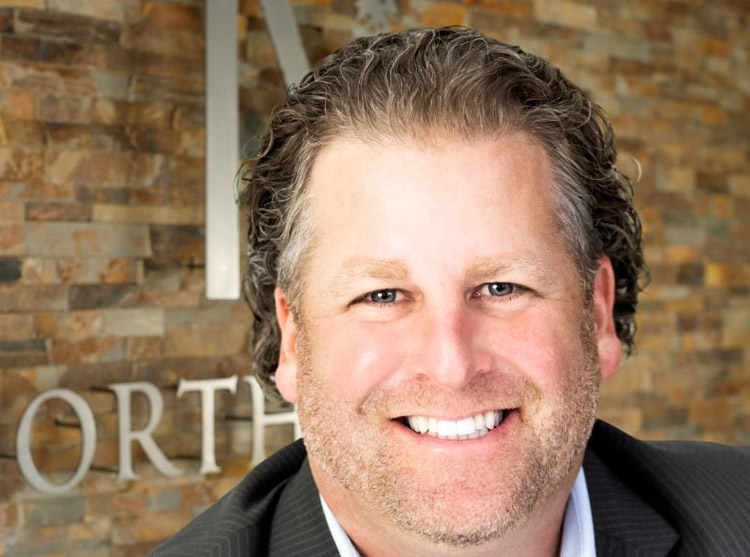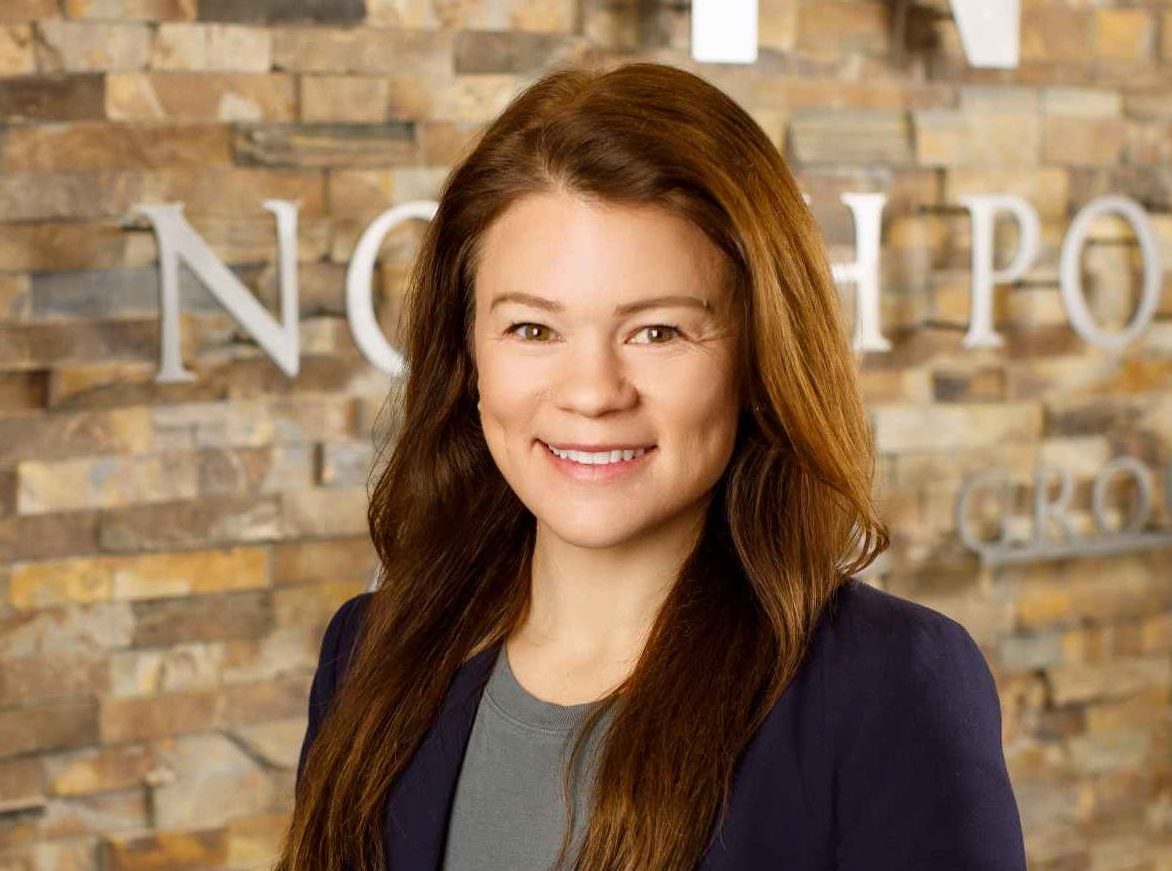For many Midwesterners, time in the great outdoors isn’t just a hobby; it’s a way of life. It happens to be a major component of my own “True North”. Whether this is through camping at State or National Parks, spending time outdoors at cabins, or utilizing the vast networks of trails to hike or cross-country ski, these activities demonstrate a greater appreciation for the outdoors. Many of us hold a deep respect for our land and natural areas throughout the Midwest. Whether it’s hiking along the Ice Age Trail in Wisconsin, fishing in Minnesota’s Boundary Waters, or appreciating the quainter lakes, nature offers us countless ways to recharge, reflect, and reconnect. If this is a part of your True North, I share your commitment to these resources and areas of our shared home.
For individuals and couples who feel a deep connection to the land and natural beauty of the Midwest, charitable giving can be a meaningful way to give back. With thoughtful planning, your financial strategy can both honor your passion for the outdoors and create a lasting impact on the landscapes and organizations that matter most to you.
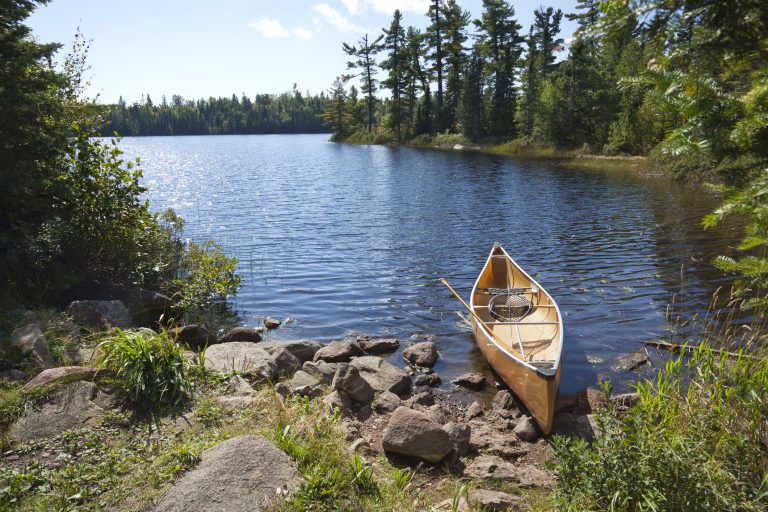
Here are a few ways to align your philanthropy with your love of nature:
1. Donor-Advised Funds: Flexible Giving with a Personal Touch
A donor-advised fund (DAF) allows you to make a charitable contribution, receive an immediate tax deduction, and then recommend grants over time to qualified nonprofits.
For nature-lovers, a DAF can support:
- Local land trusts, such as the Driftless Area Land Conservancy in Wisconsin or the Iowa Natural Heritage Foundation, which protect prairies, forests, and rivers.
- Outdoor education programs, like Friends of the Boundary Waters Wilderness, which teach youth the value of conservation through hands-on experiences.
DAFs are especially helpful if you want to set aside charitable dollars in a high-income year, while still taking your time to decide which organizations to support. This is a versatile and useful tool to support organizations that are dedicated to preserving our natural areas. North Point Advisor Group Partner, Mike Dolezal, wrote in more detail about this strategy in his three-part series, Tax-Efficient Charitable Giving Strategies.
2. Gifting Appreciated Assets: Supporting Conservation While Saving on Taxes
Instead of giving cash, consider donating appreciated securities such as stocks, mutual funds, or even farmland. By doing so, you may avoid capital gains tax while receiving a charitable deduction for the fair market value of the asset. Utilizing this strategy can be a useful planning tool to take control over your giving strategies while maximizing your tax benefit.
For example, a Wisconsin couple passionate about Door County could donate shares of long-held stock to the Door County Land Trust. The organization benefits from a larger gift, and the donors receive tax advantages while preserving the land in Door County for ecological, recreational, and scenic value.

3. Legacy Planning: Leaving a Conservation Footprint
For many families, the ultimate gift is one that extends beyond their lifetime. Through a will, trust, or beneficiary designation, you can leave a portion of your estate to an outdoor-focused nonprofit or conservation organization.
- In Wisconsin, legacy gifts to groups like the Ice Age Trail Alliance have helped expand and maintain one of the state’s most treasured hiking trails, ensuring future generations can explore the glacial landscapes that define the region.
- In Minnesota, donors who’ve included the Minnesota Land Trust in their estate plans have safeguarded forests, wetlands, and shoreline habitats across the state. This supports both wildlife conservation and public enjoyment of outdoor spaces.
By incorporating charitable bequests into your estate plan, you can create a legacy that protects the places where you’ve made your fondest memories.


Aligning Passion with Purpose
Charitable giving isn’t just about tax strategy. It’s about creating alignment between your values and your financial plan. For Midwesterners who feel most at home under open skies or surrounded by native woodlands, giving back to the outdoors can be a powerful way to pursue your True North in retirement and beyond.
Our team is here to help you explore strategies that maximize both impact and tax efficiency, so you can feel confident that your generosity is making a difference.











